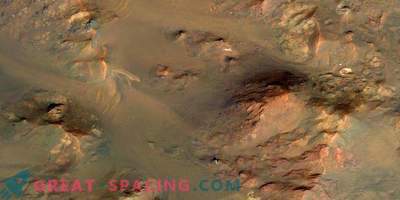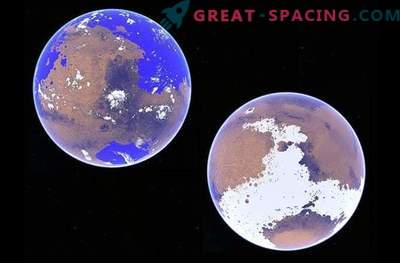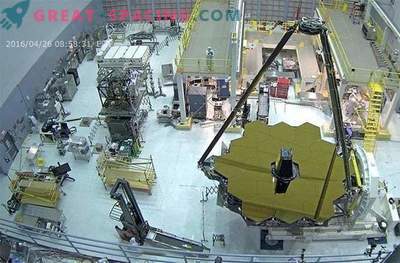
Three researchers from the University of Chicago found evidence that narrow networks of canals on the Martian surface are associated with heavy stormwater runoff. These formations resemble those that are observed on Earth.
A preliminary study of the networks of narrow Martian canals prompted scientists to speculate that they formed a stable body of water. Other options include groundwater flow, river flow or ice melting. But the debate continued due to the lack of convincing evidence in favor of one of the theories.
A new study offers an alternative theory based on terrestrial geography. Scientists have discovered a link between the dryness of the area and the branch angles characteristic of some networks of canals. Channels from more arid regions mostly formed narrower angles than in places prone to heavy precipitation. To understand whether this analogy can be applied to Mars, the researchers examined a data set with information about the branching of the Martian channels. Comparing two sets of data from different observations, they noticed similarities in the descriptions of branching angles on the Red Plane, both of which are compatible with the conclusions of the command (narrow angles).
On Earth, narrow channels are created by rare stormwater runoff. Consecutive sediments led to the deepening of the channels to today's depth. There is an assumption that the same thing is repeated on Mars. So, on the Red Planet there was an extremely active hydrological cycle.











































